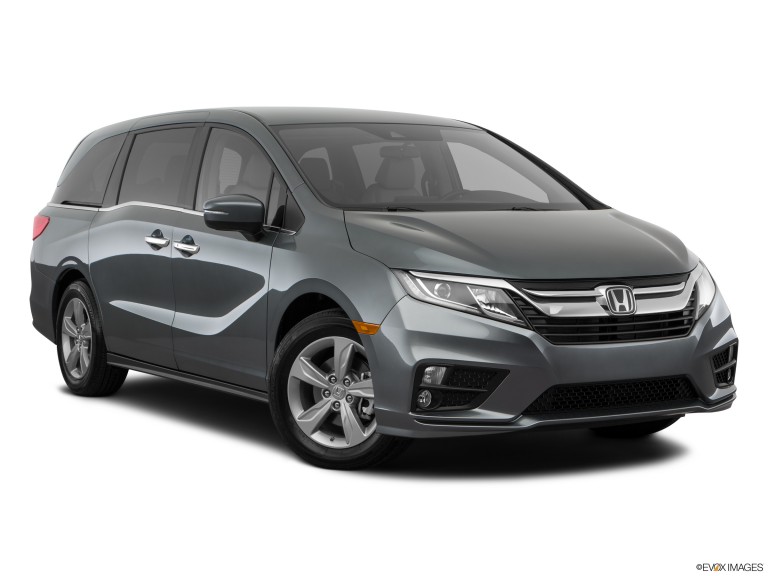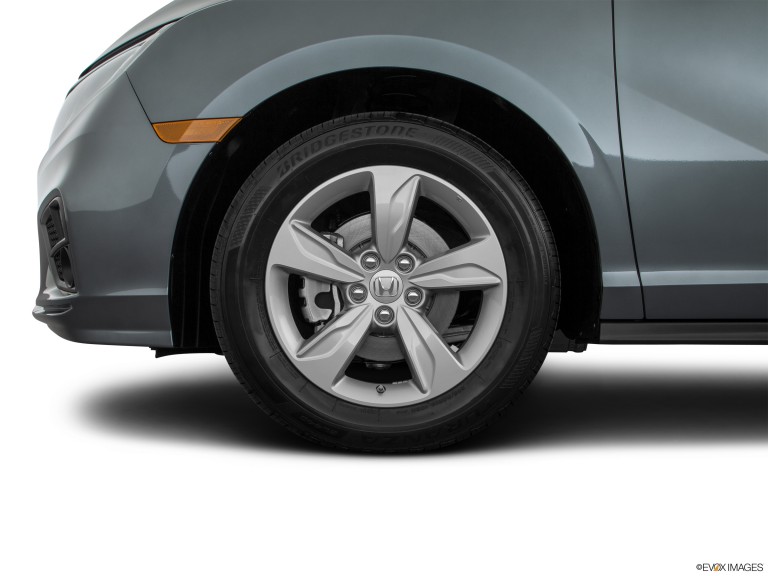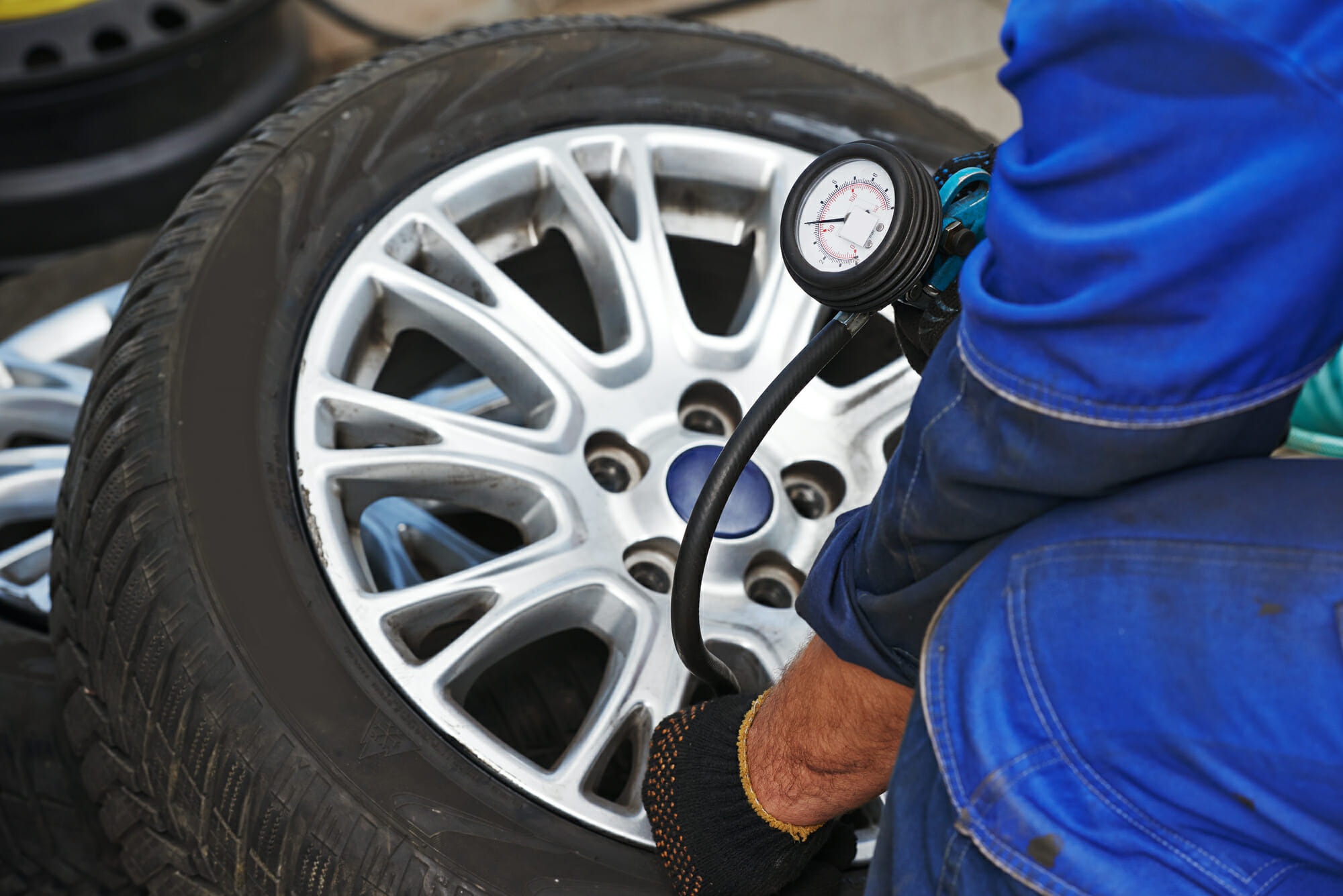You carry a lot of important things in your Odyssey. Whether you are going to football practice, to and from work, or dinner with the family, you need the best safety possible. Finding the Honda Odyssey best tires can give you some of the protection you need.
What are the best tires for a 2020 Honda Odyssey?
- Touring: Michelin Crossclimate2 – $200.99/tire tire
- Performance: Continental Extremecontact DWS 06 – $198.99/tire
- All-Terrain: Yokohama Geolandar A/T G015 – $180.99/tire
- Winter/Snow: Continental Vikingcontact 7 – $160.99/tire

The key to choosing tires for your Honda Odyssey is to give yourself some time to compare options. Do you want to spend a bit more to minimize slipping or to keep your ride comfortable? There’s much to know about the tires right for your purchase.
Best Tires for the 2020 Honda Odyssey

Your 2020 Honda Odyssey needs good tires. As a larger vehicle, you may need to spend a bit more, but the safety and peace of mind you get are worthwhile. Here are some options to choose from based on your specific needs.
Touring – $200.99/Tire
Touring tires are a good all-around option for many drivers. They tend to focus heavily on “performance” aspects, such as improving ride quality and giving you more grip. Yet, they can be very comfortable if you purchase a quality product.
These tires have all-season traction (though that’s not to say they are top performers in snow and sleet). They have an asymmetrical tread pattern that gives them a better grip on the roadways. That turns into a safer ride in most cases.
You will also find they are more responsive overall. They can turn quickly, but they also handle rough conditions well. Performance tires are a good option for sedans and sports vehicles, but they are a baseline option for those with an Odyssey because of its larger size.
Owners of touring tires will tell you they are “nice” and a “solid buy” but some do note they slip a bit in them on difficult roads. If you want a tire that performs well and has a reasonable amount of traction overall, this is a good buy.
Performance – $198.99/Tire
Your performance tires get a bit better and are a good fit for most needs of Honda Odyssey drivers. Their higher price tag comes with a few added benefits such as better overall traction in more types of weather. They can handle the wet snow well.
What makes them different is their larger circumferential. They also have more lateral groves, which help to expand traction over a larger distance. This gives you more grip in wet conditions while also works to push the snow and ice out of your way with each rotation.
They have a higher speed rating than your touring tires. That makes them a better option for those drivers on the highway often. They are not as good as some winter tires, but they are a step (or roll?) in the right direction!
Customers with performance tires on their Honda note good traction and like how well they turn and grip simultaneously. These tires have silica-enriched treads, which improve their grip onto the dirt, pavement, or cement with ease.
All-Terrain – $180.99/Tire
Perhaps the better option for Honda drivers who want more protection is all-terrain tires. We know the Odyssey is a minivan, but it can easily be treated a bit more like an SUV when you put these tires on. It gives you the ability to maneuver over difficult conditions easily.
All-terrain tires have a much more aggressive, unique pattern to them with large blocks and bigger voids in between. Unlike other tires, these work to push that snow and slush out of the way so the tire has more ability to hit the surface, getting the traction it needs.
They are a good off-road tire (what adventures do you go on with your Honda?) You may also like them because they improve stability on the highway at high speeds. They can handle most muddy conditions, sand, and even gravel with ease.
Consumers with Honda all-terrain tires like this say they feel the comfort they can “get through anything.” They also note these tires have lasted them longer than any others they’ve owned.
Winter/Snow – $160.99/Tire
Let’s say you live in difficult weather conditions during the winter months. The snow gets deep and compacted, making it hard for tires to find the pavement. Winter or snow tires are right for you. Unless you’re in an area with large amounts of snow, go for the non-studded option.
Winter tires have a deep circumferential grove setup, which again helps to push snow out of the way and keeps the slush from getting between the tire and the road. This gives you the best level of grip of any tire when it comes to difficult conditions.
You’ll find this option is solid for those driving in snow, ice, or deeper mud (though other options may be better for off-roading mud).
Drivers note winter tires are the best for snow conditions even with their high price. They also note these tires are ideal for getting through unplowed drives during the winter.
People Also Ask
Does the 2020 Honda Odyssey come with a spare tire?
Yes, the 2020 Honda Odyssey has a compact spare tire. The spare tire is located inside the cabin of the car. It’s positioned between the front and second row of seats.
To access it, you need to remove the carpet in this area by pulling it straight up. There is then a small tab on the underlayment or padding. Pull that up to find a wood lid over the spare tire compartment. Use the latch to open this area up.
What’s the recommended tire pressure for a 2020 Honda Odyssey?

You can find this info in your owner’s manual. It’s worth checking it because that ensures you have the right tire pressure based on the trim model you’ve selected. For most vehicles, you should maintain:
- Front: 35 psi
- Rear: 35 psi
How do you reset the tire pressure indicator on a 2020 Honda Odyssey?
If you have a low pressure light, pull over and check the tire pressure in your car. Your 2020 model will tell you which tire is the concern. Once you fill the tire with air, you need the system to recognize this.
To do that, use your touchscreen display inside the car. Go to the “Settings” icon on the home page of the touchscreen. Select the “Vehicle” icon and then “TPMS Calibration.” Hit the “Calibrate” option.
The car then will calibrate the tire. It’s simply ensuring that the tire pressure is what it should be at manufacturer recommendations. As long as that happens, the tire pressure warning light will go off.